Author: FrenchFries c
Rewind two months ago, during that time we got our hands on a C11 Rear-wheel drive Long-range Edition, and dispatched our company’s most enduring CTO, Mr. Mie, to test its winter range.
For those interested in the winter range of the C11 can click on the video below to review our previous episode.
We jokingly referred to this as the “ultimate showdown between Mr. Mie’s bladder and the C11’s range.”
On the day of the test, the temperature in Beijing was -7℃ and it was snowing heavily. After the endurance test which consisted of two laps of the Fifth Ring Road, a U-turn at Yanqi Lake, and several laps around the company, Mr. Mie was the first to surrender.
After solving his personal matters, Mr. Mie’s first words were, “Wait until I get my green card next year, I’m going to buy a C11.”
This made me curious about what exactly was it that could create such a strong purchasing urge in a programmer after an inner struggle between instinct and willpower that lasted almost seven hours.
And the answer may lie in today’s Zero Run C11 Performance Edition National Test Drive.

Beginning: Static Confidence
In Beijing, when it comes to Jingang Circuit, it is inevitably associated with speed, passion, and other such words. While for the C11, though it is an all-electric vehicle, in my inherent impression, it still possesses the image of a steady and caring “family man.”
“Doesn’t it feel awkward to hold the C11 event here in Jingang Circuit?”

This awkward feeling persisted until I went downstairs, walked into the P room, and saw the red badge of the C11 Zero Run placed on a lift, which slightly eased my feelings of unease. After all, red lines, red badges, red noses… in the world of automobiles, there are countless stories about the color red. And in these stories, red is the color of performance.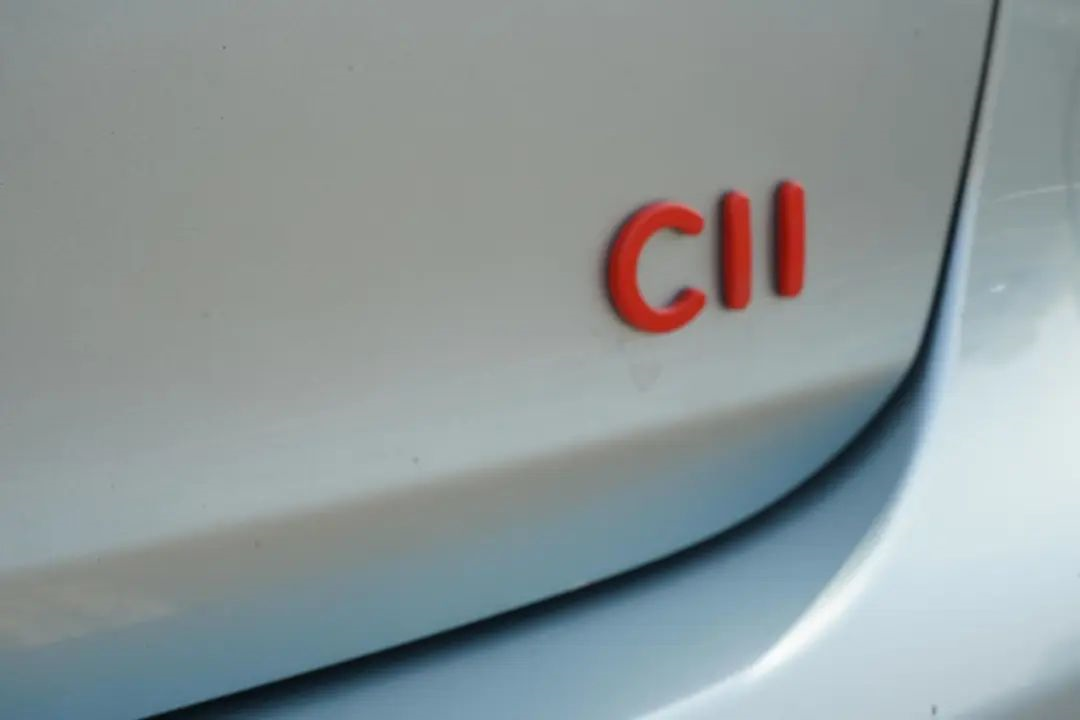
The closer you get, the faster the “relief” spreads.
As we approach the rear wheels, one, two, three, four, five… yeah, it’s a proper five-link rear suspension.

In the world of rear suspensions for cars, if the difference between “multi-link rear suspension” and “non-multi-link rear suspension” is about comfort, then the difference between “five-link rear suspension” and “multi-link rear suspension” is about handling. After all, not all multi-link suspensions can be called five-link suspensions.
Moving forward, we arrive at the front wheels.
“This is the steering link, this is the lower arm, this is the half-axle…” As our eyes move upwards and we confirm everything is in order, we find that it’s also a proper double-wishbone front suspension.
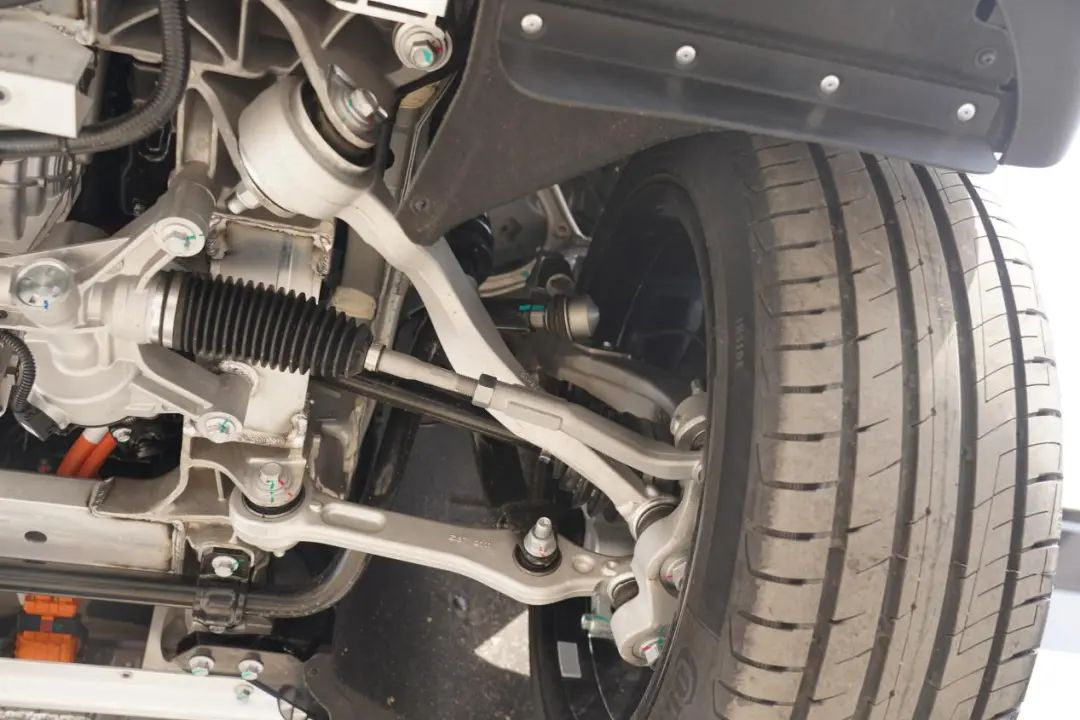
Although it’s not the first time I’ve come into contact with the C11, I have to admit that I didn’t do much research on it before. Who would have thought that under the honest and loyal appearance, it actually hides a proper “double-wishbone front suspension and five-link rear suspension” configuration? This has undoubtedly given me more confidence and expectations for the experience on the track.
Cutting: The Reality in the Corners
“Full throttle start, until the point where two pylons are side by side, that’s the heavy braking point, brake hard, then use the left side of the front end to stick to the inside of the corner pylons. After passing the corner, use the right side of the front end to stick to the outside of the corner pylons.”
As we move on to the track experience section, the coaching instructor takes me for a lap and gives me a free lesson on cornering.

It’s now my turn to sit in the driver’s seat. I have to say, with this SUV’s high seating position, looking at the track outside the window, it’s quite a unique experience.
I concentrate, my hands firmly grasping the steering wheel at nine and three o’clock, and after receiving the instructor’s signal, I decisively press the accelerator pedal all the way down.
Two electric motors, 400 kW power, 720 Nm torque… for the vast majority of people who hardly ever push the accelerator to the floor while driving, these parameters are actually quite meaningless. It’s only the sound of the screeching tires, the slight dizziness brought on by acceleration, and the approaching heavy braking point that can tell our bodies, “Oh, so this type of physiological response is what 400 kW, 720 Nm feels like.”
After heavy braking, we enter the corner. And the experience of this maneuver is not so perfect.## Back to Reality: Returning to Reality
During the process of approaching the apex, insufficient lateral support affected my judgment of the apex position, and the push-out upon exiting the corner also caused me to involuntarily lift the foot pressing on the accelerator. Overall, executing the cornering maneuver did not give me the enjoyment I had hoped for. It was only when I drove out of the entire corner that I realized I was still driving a positioning family SUV, even though it had a front double wishbone and rear five-link suspension.
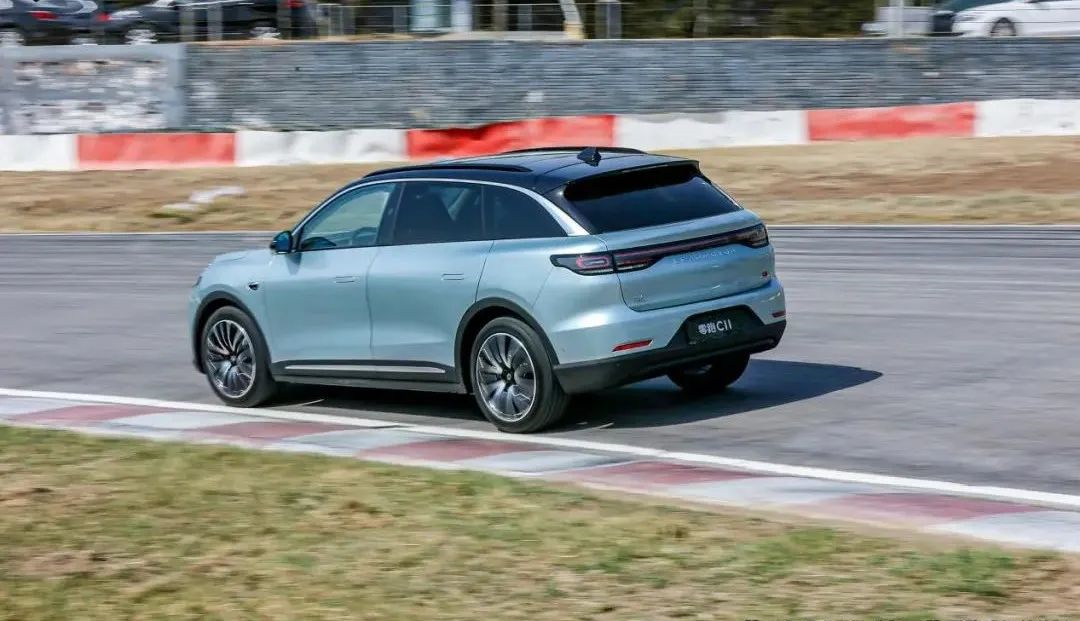
Again: Back to Reality
The unpleasantness of the failed cornering maneuver had not yet faded when I arrived at the straight line acceleration experience section.
Straight line acceleration is relatively simpler; after the instructor indicated the braking point, I got into the car.
I was ready, pushed the pedal to the floor, passed the braking point, and then braked.
During the straight line acceleration section, I also gained an unexpected surprise: the official 0-60 mph acceleration time for the C11 Performance Edition was 4.5 seconds, but according to P-BOX data, I achieved a 0-60 mph acceleration time of 4.4 seconds.
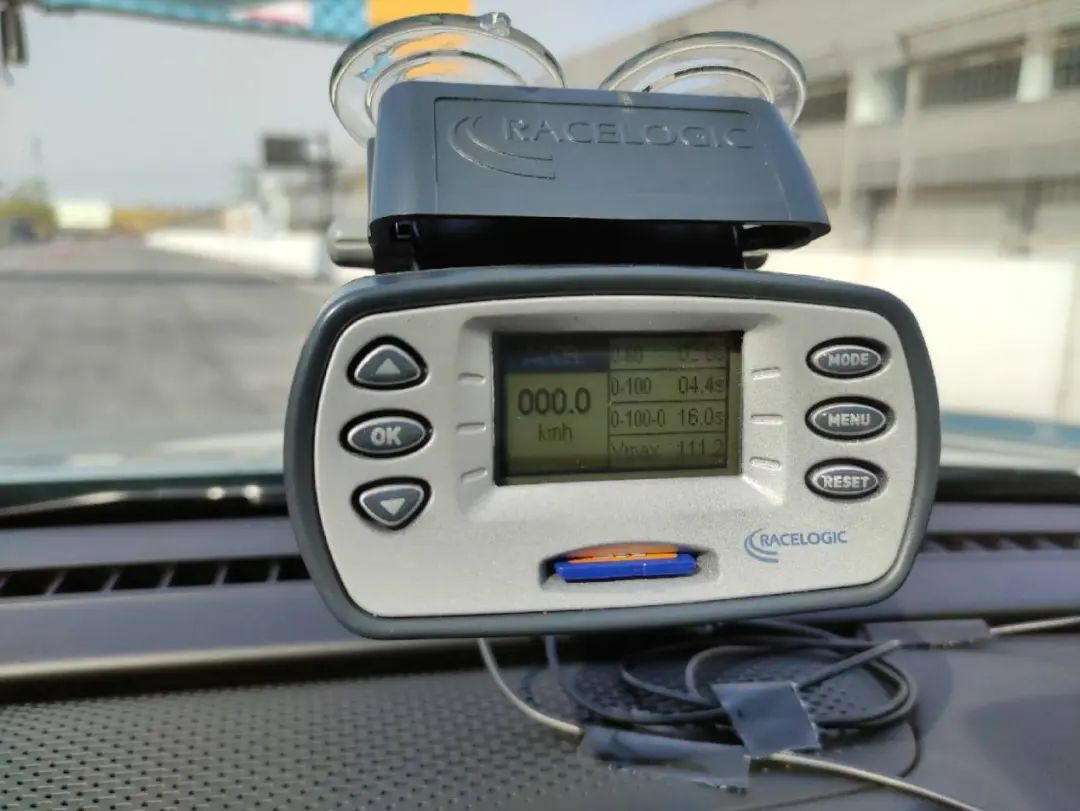
The same noisy tire sound, the same dizziness, and the same braking point approaching relentlessly. The second experience of rapid acceleration was no longer so unfamiliar to me, and it even gave me a few seconds of thinking about more questions while gaining new insights.

This new insight was further affirmed during the bump test section.
The road surface for this bump test was set with very dense speed bumps. The suspension, which I criticized for insufficient support in the racetrack experience section, found a stage for its performance here – the soft suspension effectively absorbed energy and filtered shocks, and except for situations where both front and rear wheels climbed the speed bumps simultaneously, the C11 Performance Edition did OK on the dense speed bump section.
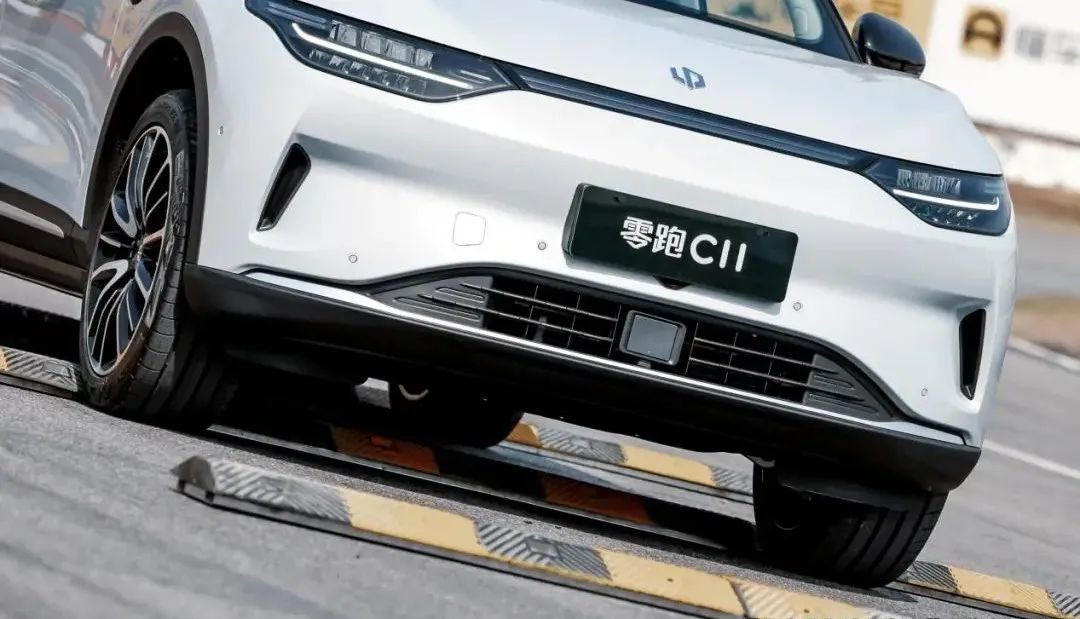
My so-called new insight is that for a family SUV like the Performance Edition, first and foremost, it must be a “family car” that takes into account daily use.
A harder suspension may bring better cornering performance, but it may also ruin the daily riding experience. As for the “performance edition,” for a family-oriented SUV, I think it is almost equivalent to acceleration performance. After all, there are almost no hard steering conditions on the road, but overtaking and rapid acceleration are very common conditions. As for overtaking, the more power reserve you have, the shorter the overtaking time, and the safer the overtaking maneuver.
Returning to the C11 Performance Edition itself, I have two understandings of its existence.First of all, the 4.5-second 0-100 km/h acceleration is already a very impressive performance, fast enough to beat many sports cars. If you are a consumer who has a particular interest in acceleration, then the Lynk & Co ZERO C11 Performance version may be the cheapest and fastest car you can buy under 250,000 yuan.
Secondly, from the oil-cooled electric drive unit to the motor control system, from software to hardware, Lynk & Co has a completely self-developed power solution. While the ZERO C11 Performance model may not be the best-selling model of the C11, it is definitely a product that showcases Lynk & Co’s research and development capabilities and technological prowess.
Thinking about this, I am already looking forward to Lynk & Co’s new sports-oriented model.
This article is a translation by ChatGPT of a Chinese report from 42HOW. If you have any questions about it, please email bd@42how.com.
